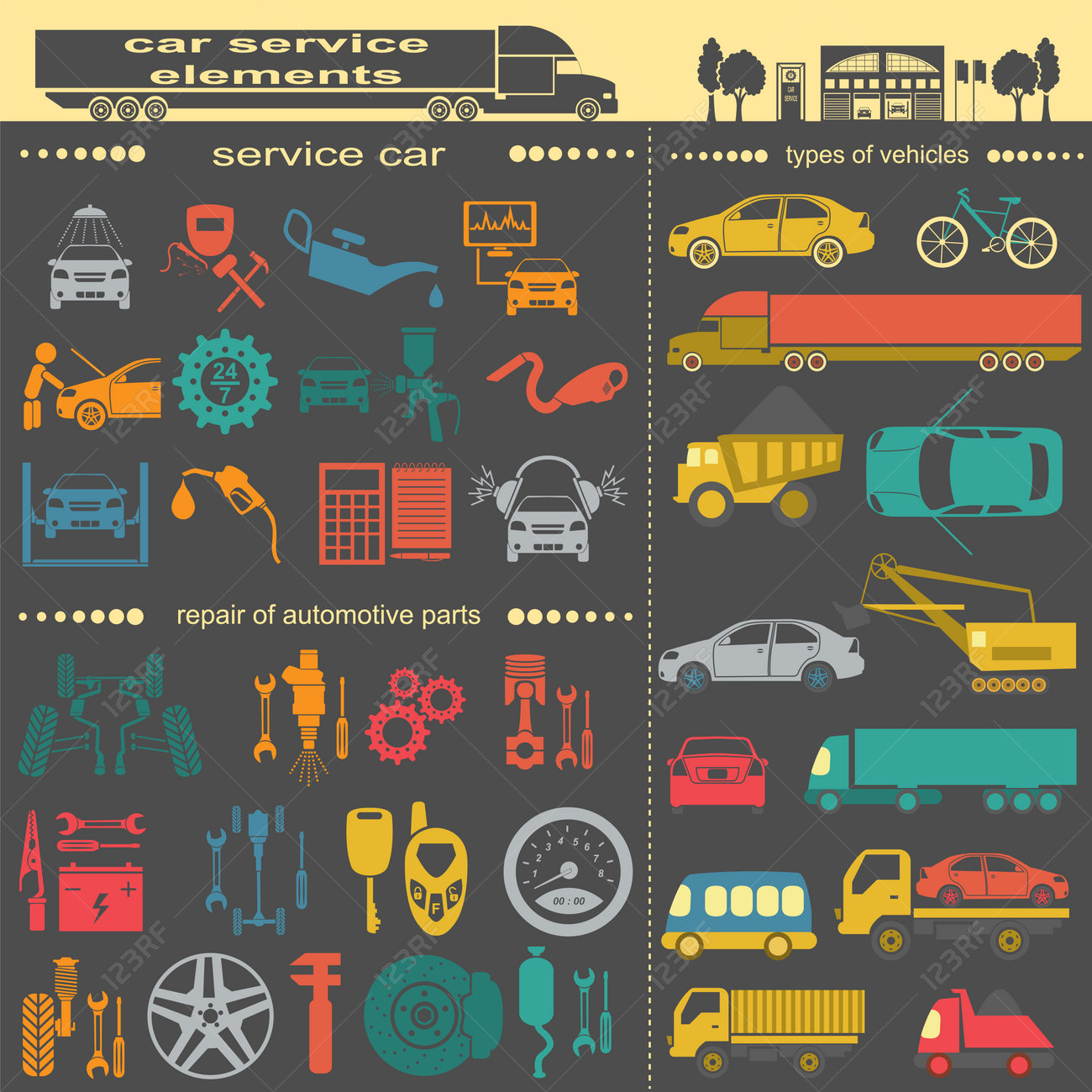Examining Your Cars And Truck'S Caution Indicators: What They Truly Convey
Examining Your Cars And Truck'S Caution Indicators: What They Truly Convey
Blog Article
Material Develop By-Boye Shepherd
When you're behind the wheel, those radiant caution lights on your dashboard can be a bit puzzling. Do you know what they're trying to tell you concerning your automobile's health and wellness? Comprehending the value of these lights is crucial for your safety and security and the durability of your car. So, the next time one of those lights appears, would not you want to analyze its message properly and take the required actions to resolve it?
Common Caution Lights and Interpretations
Identify usual caution lights in your cars and truck and understand their definitions to ensure risk-free driving.
The most typical caution lights include the check engine light, which signals concerns with the engine or emissions system. If this light comes on, it's critical to have your automobile examined immediately.
The oil stress alerting light shows reduced oil stress, needing immediate attention to prevent engine damages.
A flashing battery light could suggest a malfunctioning billing system, potentially leaving you stranded otherwise dealt with.
The tire stress surveillance system (TPMS) light notifies you to low tire pressure, affecting car security and gas efficiency. Ignoring this could result in dangerous driving problems.
The abdominal light suggests a problem with the anti-lock stopping system, compromising your ability to stop rapidly in emergencies.
Last but not least, the coolant temperature level advising light warns of engine overheating, which can cause extreme damage if not settled quickly.
Understanding these usual warning lights will help you address concerns immediately and maintain secure driving problems.
Relevance of Prompt Interest
Comprehending the typical warning lights in your vehicle is just the very first step; the significance of immediately dealing with these cautions can't be highlighted sufficient to ensure your safety on the road.
When a caution light illuminates on your control panel, it's your cars and truck's way of connecting a potential problem that needs interest. Ignoring these warnings can bring about a lot more severe problems in the future, jeopardizing your safety and security and potentially costing you extra out of commission.
Prompt focus to advising lights can avoid failures and accidents. For example, a blinking check engine light can indicate a misfire that, if left neglected, could trigger damage to the catalytic converter. Addressing https://brakes-and-rotors61616.mybuzzblog.com/10898114/resolving-the-most-prevalent-myths-associated-with-vehicle-fixing can save you from an expensive repair work.
In a similar way, a brake system advising light could signal low brake fluid or worn brake pads, important elements for your safety and security when driving.
DIY Troubleshooting Tips
If you see a warning light on your control panel, there are a few do it yourself fixing pointers you can try before looking for specialist help.
The initial step is to consult your automobile's guidebook to recognize what the certain caution light indicates. In some cases the issue can be as basic as a loose gas cap causing the check engine light. Tightening the gas cap may resolve the problem.
An additional common problem is a reduced battery, which can cause numerous alerting lights. Examining the battery connections for rust and ensuring they're safe could deal with the issue.
If a caution light continues, you can try resetting it by separating the car's battery for a few minutes and afterwards reconnecting it. Additionally, examining your automobile's liquid degrees, such as oil, coolant, and brake fluid, can help troubleshoot cautioning lights related to these systems.
Verdict
To conclude, recognizing your cars and truck's warning lights is crucial for keeping your car running efficiently and safely. By immediately addressing these alerts and recognizing what they indicate, you can stay clear of expensive fixings and possible failures.
Keep in mind to consult your automobile's guidebook for certain details on each advising light and take action accordingly to make sure a trouble-free driving experience.
Stay educated, stay safe when driving!
